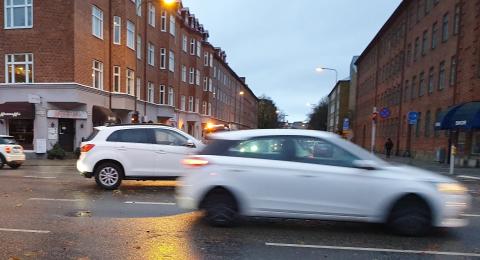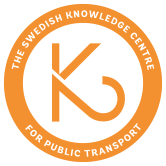Article highlighted
Lack of holistic overview obstacle to a transition towards a more sustainable transport system

Researchers from K2 have studied policy and strategy documents from thirteen cities in Sweden, the Netherlands, Germany and Great Britain.
Cars undisputed despite environmental effects
Robert Hrelja (Malmö University) and Tom Rye (Molde University College), scanned the documents, learning about the cities´ intentions for the transition towards a sustainable transport system. Question was, do the problematisation of the cars´negative effects in the documents coincide with actual strategies and measures for reducing car traffic?
− The documents we´ve studied focus on the cities´ inner areas and less on travelling in the suburbs or the regional transport system. The aim seems to be, to increase the attraction of the cities through focusing on the accessibility, says Robert Hrelja.
The policy and strategy documents express the cities´ endeavor to facilitate transport accessibility to the city center by car, bicycle and by improving public transport. The main aim is a lively city, where people work, shop, live or just move around. In the documents the cities emphasize to various extent their plans to reduce car traffic, due to congestion and negative environmental impact. However, the car is, as it turns out, never threatened in the future perspective. Although admittingly problematical, the car is also considered necessary. So, despite highlighting the negative effects of cars, the documents include few measures for reducing car traffic.
Plans need overview perspective
− The strategies we have studied appear to overlook the overview perspective. The plans and measures need to be more ambitious than the existing to balance the car traffic outside city center and to manage a transition of the transport system towards a sustainable direction, concludes K2 researcher Robert Hrelja.
Cities included in the study:
Sweden Eskilstuna, Jönköping, Lund, Malmö
the Netherlands Eindhoven, Groningen, Tilburg
Germany Aachen, Herrenberg, Lindau
Great Britain Bath, Darlington, Nottingham
The article is published in Sustainability:
Policies for Reducing Car Traffic and Their Problematisation. Lessons from the Mobility Strategies of British, Dutch, German and Swedish Cities
